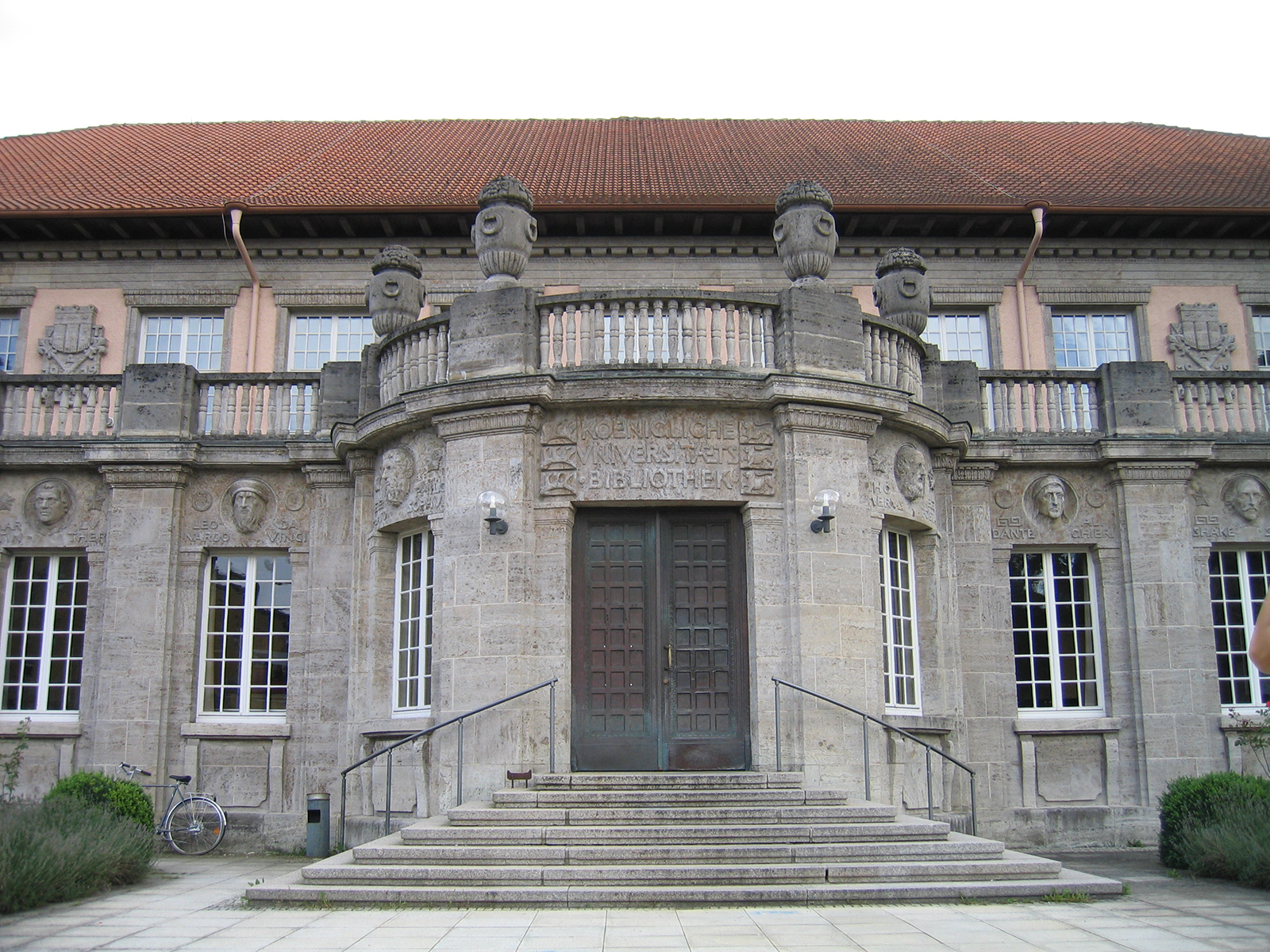Tübingen’s Research Excellence Recognized: Six European Research Council Starting Grants Awarded
Scientists from the University and the University Hospital of Tübingen were able to obtain a so-called Starting Grant six times in the current award round of the European Research Council (ERC). “This is an outstanding success for the university and the entire research location of Tübingen,” said the rector of the university, Professor Karla Pollmann, on Tuesday in Tübingen. Never before has Tübingen been able to win so many ERC grants in a selection round, which, with its highly endowed project funding, is one of the most prestigious funding formats in the world.
The new ERC Starting Grants:
Dr. Christian Bentz, Seminar for Linguistics
Project: “EVINE” to research the evolution of the visual coding of information before the development of writing
Dr. Katrin Franke, Research Institute for Ophthalmology
Project: “Eye to Action” to research the processing of visual information in the brain when controlling behavior
Professor Ralph Lütticke, Economics
Project: “AIRMAC” to introduce the factor of inequality in income and wealth distribution into macroeconomic models of economic cycles
Dr. Lukas Mager, Medical Clinic, Internal Medicine I
Project: “SOAR” for research into inflammatory bowel diseases and colon cancer
Professor Christian Schürch, Institute of Pathology and Neuropathology
Project: “CAR-TIME” to research immunotherapy with CAR T cells for lymphatic cancer
Dr. Maria Spyrou, Institute for Natural Archeology
Project: “PROTOPEST” to research the influence of epidemics on socio-cultural upheavals in the Bronze Age
Their projects are each funded over a period of five years with a total of up to 1.5 million euros, and in medicine up to two million euros. With the Starting Grants, the ERC provides outstanding young scientists with additional resources for their research careers. “I am particularly pleased that the funded researchers come from four different faculties,” said Pollmann: “This once again underlines that top research and excellence take place at the University of Tübingen in a wide range of topics.”
“The ERC Starting Grants impressively prove that the Medical Faculty is on the right track when it comes to working with young talent. “It is all the more pleasing that the three grants support current topics in medicine that will play an even greater role in research and society in the future,” emphasized Professor Bernd Pichler, Dean of the Medical Faculty.
The dean of the Faculty of Philosophy, Professor Jürgen Leonhardt, said: “The fifth ERC grant in the Department of Linguistics within the last ten years confirms the great importance and international visibility of Tübingen linguistics. He also shows how historical and systematic research approaches are increasingly merging in this area.”
Professor Ansgar Thiel, Dean of the Faculty of Economics and Social Sciences, explained: “We are very pleased that Ralph Lütticke will take up the highly socially relevant topic of inequality in a macroeconomic context in his ERC project ‘Aggregate and Idiosyncratic Risk in Macroeconomics’. His research approach is very innovative, and his success illustrates the research excellence of Tübingen economics.”
“The ERC Starting Grant ‘PROTOPEST’ raised by Maria Spyrou ideally combines two central research topics in the Faculty of Mathematics and Natural Sciences, microbiology and the socio-cultural history of humans. “I am particularly pleased that a young, international researcher was successful with this project,” said Professor Thilo Stehle, Dean of the Faculty of Mathematics and Natural Sciences.
Christian Bentz
Christian Bentz
Christian Bentz – The beginnings of the visual coding of information
Before writing was invented, language could not be preserved. However, Christian Bentz assumes that an important component of human language ability had already developed beforehand, the ability to combine symbols. In his project “The Evolution of Visual Information Encoding” (EVINE) – the evolution of the visual encoding of information – he wants to research whether traces of this ability have been preserved. To do this, he uses statistical methods in quantitative linguistics.
In the Paleolithic period, people from Africa settled in many other areas of the world. “Along the way, they left behind processed objects, also called artifacts, that open a window into their minds,” says Bentz. Some of these artifacts bear early examples of visual information encoding: geometric patterns. Such evidence is hardly known from Neanderthals. They only appeared in the Middle Stone Age in Africa in connection with the human form that is still alive today, Homo sapiens.
When these people immigrated to Central Europe in the late Paleolithic period, they were already using stones, beads, bone fragments and figurines as a form of expression and information carrier. Examples can be found in Ice Age art from the Swabian Caves. “These everyday objects are often marked with geometric symbols. How widespread they were becomes clear in today’s large-scale collections,” says Bentz. Certainly some patterns could have been created for aesthetic reasons. “However, this does not exclude the encoding of information,” explains the scientist. He wants to objectively measure the information content of such geometric symbols on artifacts, regardless of the meaning that people might have seen in them. So he wants to prove that these patterns can be clearly distinguished from real writing. He also wants to find out more about whether there were recognizable transitions in the development of characters in the late Paleolithic period around 35,000 to 15,000 years ago – around 10,000 years before humans invented the first writing

